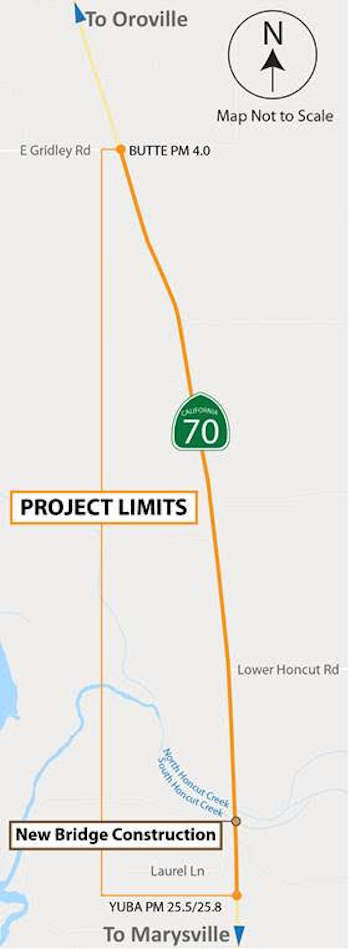- Lake County News reports
- Posted On
Cache Creek Casino Resort postpones concerts, grand opening events for completed resort expansion
Concerts will also be postponed until further notice. This difficult decision was made with the health and wellness of guests and employees as our top priority.
The concerts postponed include Train, the Beach Boys, Clint Black, and Boyz II Men.
New dates will be announced once confirmed.
Although these events are postponed, the casino, hotel, and its amenities — including the South Tower with its luxury suites, Ensō sushi and the newly reconfigured C2 Steak and Seafood — remain open at this time with appropriate COVID-19 protocols in place.
“We take our responsibility as leaders in Northern California’s hospitality industry seriously. The Yocha Dehe Wintun Nation and Cache Creek Casino Resort will remain vigilant on behalf of the health and safety of guests and employees, as we have done throughout the pandemic,” tribal and casino leadership said in a statement.
Even before public health officials called for it, Cache Creek Casino Resort was among the first properties to close in order to slow the spread of COVID-19.
The Yocha Dehe Wintun Nation continued to provide full pay and benefits to staff for months, throughout that closure.
Once vaccines became available, the Yocha Dehe Fire Department hosted several on-site vaccine clinics, providing more than 2,000 vaccine doses to casino and tribal employees, as well as the rural Capay Valley community.
Tribal leadership and resort management said they will continue to work with county and state public health officials to inform future decisions regarding events, ticketed entertainment and all other operations at Cache Creek Casino Resort.
Cache Creek Casino Resort, owned and operated by the Yocha Dehe Wintun Nation, is located 40 miles northwest of Sacramento and 80 miles from the San Francisco Bay Area in Brooks. It features more than 600 four-diamond luxury hotel rooms, thousands of exclusive slot machines, hundreds of table games, 10 dining experiences, world-class nightlife, a full-service spa and an 18-hole championship golf course.






 How to resolve AdBlock issue?
How to resolve AdBlock issue? 




